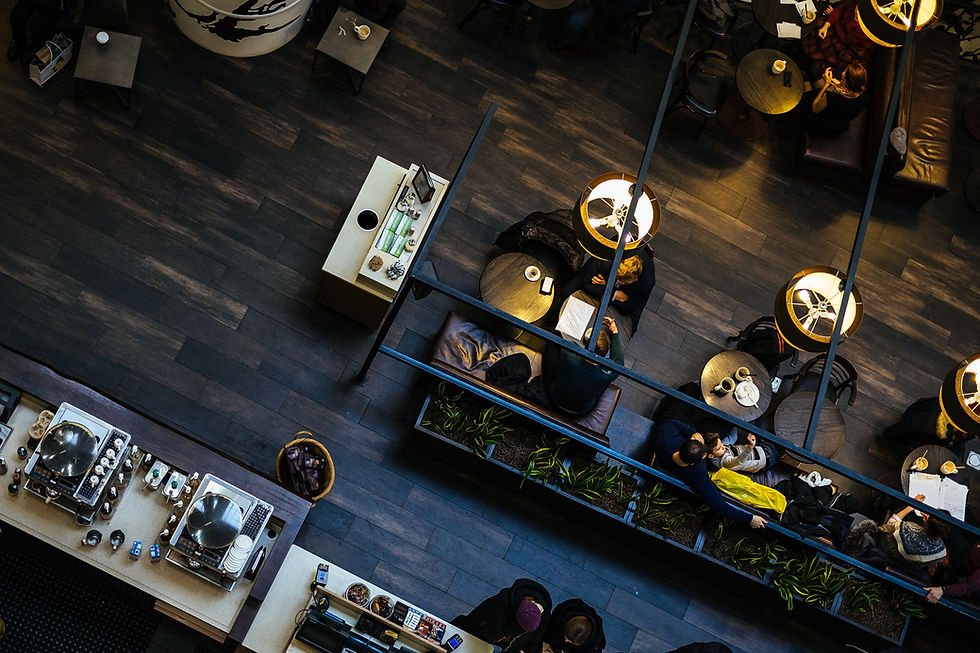The Importance of Deaf-Friendly Spaces & Events
- Deafinitely Fun

- Feb 19
- 2 min read
Updated: Apr 1

In a world designed primarily for hearing individuals, creating deaf-friendly spaces and events is essential for fostering inclusivity, accessibility, and a true sense of belonging. Whether it’s a social gathering, an educational workshop, or a professional networking event, ensuring accessibility for the deaf and hard-of-hearing community makes all the difference in promoting equal participation and engagement.

Why Deaf-Friendly Spaces Matter
Deaf-friendly environments go beyond just providing American Sign Language (ASL) interpreters. They incorporate thoughtful design and communication strategies that allow deaf individuals to fully participate, connect, and enjoy experiences without barriers.
Key elements of a deaf-friendly space include:
Visual Accessibility: Well-lit spaces, clear sightlines, and visual alerts for important announcements.
Sign Language Accessibility: On-site ASL interpreters, captioning services, and visual communication options.
Inclusive Event Planning: Providing information about accessibility features in advance, using technology like live captioning, and ensuring event staff are trained to assist deaf attendees.
The Impact of Deaf-Friendly Events
Deaf-friendly events create opportunities for socialization, networking, education, and advocacy. They help bridge the gap between the deaf and hearing communities, fostering mutual understanding and cultural appreciation. These events also empower deaf individuals by ensuring they have equal access to entertainment, education, and professional opportunities.
How to Make Your Event More Deaf-Friendly
Whether you’re organizing a conference, a community meetup, or a casual gathering, here are a few ways to make your event more welcoming to the deaf community:
Hire Certified ASL Interpreters – Ensure all presentations, discussions, and announcements are accessible.
Provide Captioning Services – Live captions and transcripts make events more inclusive for those who rely on text-based communication.
Use Visual Cues – Flashing lights for notifications, visual timers, and well-placed screens enhance accessibility.
Promote Your Event as Deaf-Friendly – Clearly state in event descriptions that accessibility services will be available.
Encourage Hearing Attendees to Learn Basic ASL – Even simple greetings can make a big difference in fostering connection.
Final Thoughts
Creating deaf-friendly spaces and events isn’t just about compliance—it’s about building an inclusive community where everyone feels valued and welcome. When businesses, organizations, and event planners take the time to prioritize accessibility, they contribute to a more connected and understanding society.
Want to discover or share deaf-friendly events near you? Check out our event listings to help grow our vibrant community!
Together, let’s make every space DEAFinitely Fun!



Comments